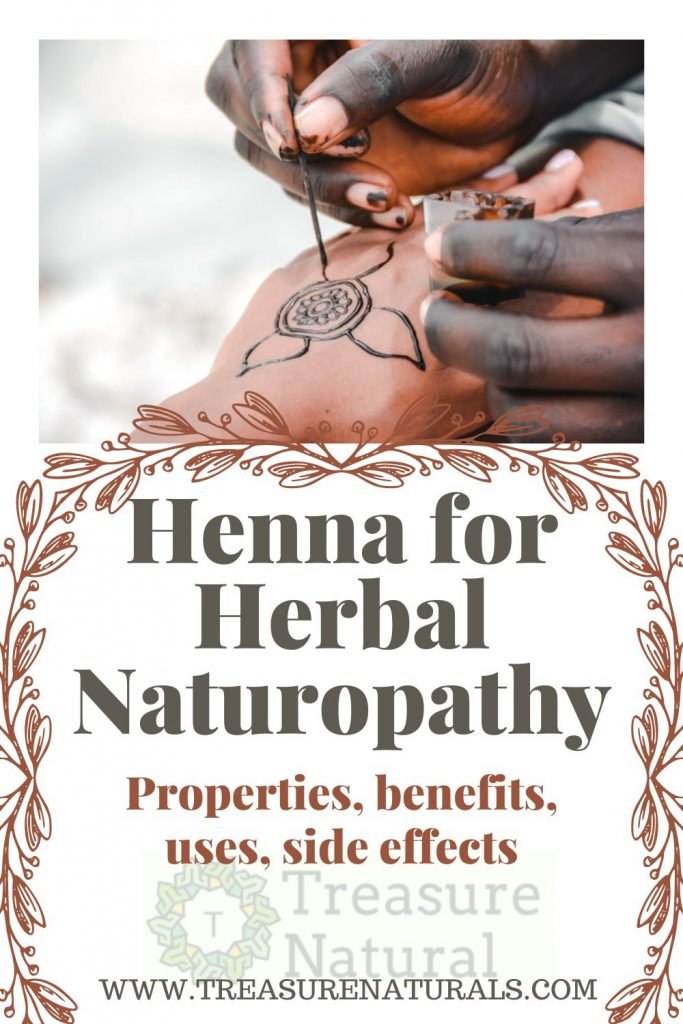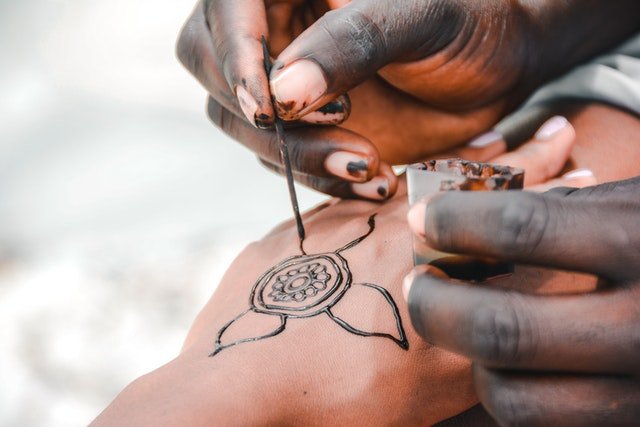
The term henna indicates the extract of the Lawsonia inermis L. plant used for hair care and coloring, as well as for other therapeutic purposes. The most important active ingredient is lawsone, present in concentrations varying between 0.55% and 1%. Let’s find out better.
Where is Henna found
The henna plant is native to Africa and Asia. It is a defenseless shrub when young and thorny in adulthood due to hardening of the branches, belonging to the Lytraceae family; up to 6 m high, it has opposite, oblong or lanceolate leaves and small, white flowers, gathered in panicles, fragrant. It is native to northern and eastern Africa and western and southern Asia, widespread, following cultivation in all tropical areas.
The drug consists of the dried leaves.
Its use is very ancient, it was already used in the time of the Egyptians to dye mummies; in the Middle East, the Far East and North Africa it has always been used as a dye for nails, hands, hair, clothes, etc. In Europe for some years this product, alone or mixed with walnut husk and gall nuts, has been used as a dye especially for women’s hair.
The main active ingredient (dye and pharmaceutical) is represented by lawsone, 2-hydroxy- 1,4-naphthoquinone, structurally similar to juglone (5-hydroxy- 1,4 naphthoquinone), the coloring substance of the walnut husk. In addition to this substance, gallic acid, tannins, resins and sugars are present in the drug.
The lawsone is not present in the bark, stem or root of the plant. The concentration in the leaves varies with temperature and climatic conditions: plants that grow in warm locations have a higher concentration of lawsone.
The lawsone appears to be a product of the degradation and auto-oxidation of primary glycosides called hennosides A, B and C.
On the market you can find henna mainly as a powder.
Cosmetic use of Henna
Henna is used for natural hair care and coloring as well as for hand and body coloring.
Henna is used in Arab countries especially for hair care, in fact, by penetrating into the hair structure, it binds to the keratin and gives the hair brightness and strength.
To prepare a long-lasting color, the henna mixture must be made slightly acidic (Ph 5.5 approximately) by adding a weak acid such as citric, boric or adipic acid. Acidification can take several hours depending on the outside temperature.
The application on the hair must also be prolonged, to allow the active ingredient to penetrate into the hair structure.
Pharmacological use of Henna
Henna leaves also exhibit anti-fertility activity. The flowers and fruits are considered emmenagogues (they stimulate menstruation). The lawsone has an antifungal, antibacterial, antitumor action, antispasmodic properties and mild Vitamin K activity.
Contraindications of Henna

Not recommended for internal use, during pregnancy and breastfeeding.
For external use and for hair coloring, prolonged use could change its color, turning it towards red-orange, unless henna is mixed with other plants to obtain different shades.






